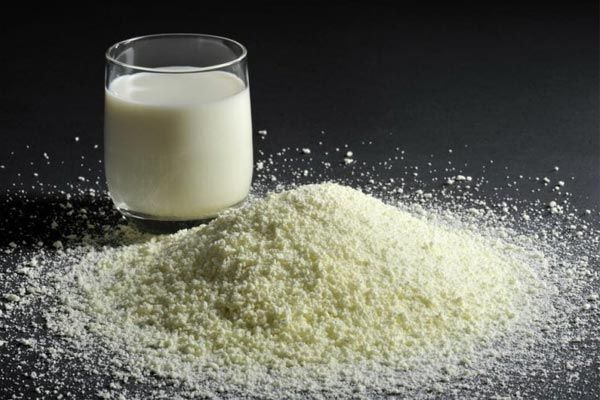Imports of powdered milk from Mexico grew 14.8% in the first quarter of 2020, to 190.2 million dollars, according to data from Banco de México (Banxico).
Mexico ranked 2019 as the second largest importer of powdered milk in the world, second only to China.
Virtually all the powdered milk (99.8%) that Mexico buys from abroad is native to the United States, with marginal quantities from Canada and Germany.
For its part, the United States ranked in 2019 as the largest exporter of powdered milk, followed by New Zealand, Germany and France.
Powdered milk exports
This product, also called dehydrated milk, is obtained by dehydrating pasteurized milk. The process is carried out in special atomization towers, where the water contained in the milk is evaporated, obtaining a light ivory-colored powder that preserves the natural properties and nutrients that milk normally has.
In the same quarter, Mexico also imported powdered milk without sugar for a value of $ 2 million, a larger amount compared to 0.5 million in the first quarter of 2019.
World dairy production

FAO forecasts world milk production to stand at 852 million tonnes in 2019, an increase of 1.4% from 2018, that is, a growth rate lower than expected in May, due to downward revisions made in India and the European Union.
Much of the projected expansion in production will originate in India, Pakistan, China, the European Union and Brazil, offset in part by declining production in some countries, including Australia, Colombia and Argentina.
In India and Pakistan, the expansion of the herds drives production growth, while in China, improvements in agricultural efficiency support further growth.
In the European Union, production is increasing, although slowly because the dry climate during the summer limited milk deliveries, while in Brazil, the increase in the dairy herd and the stability of milk prices favor greater production.
Conversely, production may decrease in Australia and Colombia due to the dry climate, while in Argentina, rising feed costs and moderating consumer demand may slow production.

